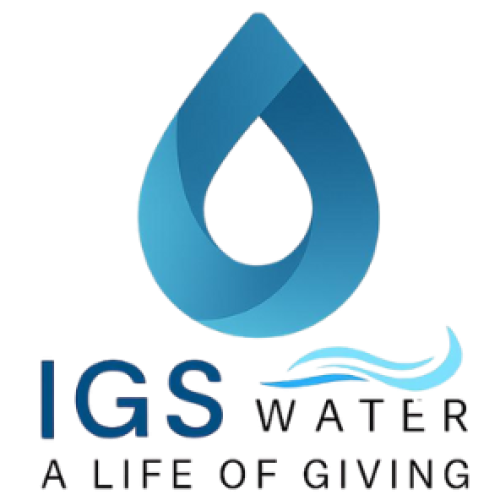Water is one of our most valuable resources. Every drop plays an essential role in sustaining life, agriculture, and industries. Yet, water quality is often taken for granted until problems such as unpleasant odors, algae blooms, or contamination arise. To maintain balance in aquatic systems and ensure long-term sustainability, we must understand how science and technology work together to improve water quality.
Understanding Water Quality
Water quality is determined by several factors, including dissolved oxygen (DO), pH, temperature, turbidity, and nutrient content. These parameters affect not only the health of aquatic ecosystems but also the usability of water for irrigation, aquaculture, and industrial processes.
- Dissolved Oxygen (DO) – Essential for aquatic life. Low oxygen levels can lead to fish kills, sludge buildup, and foul odors.
- pH Levels – Indicate whether water is acidic or basic, which affects the solubility of nutrients and metals.
- Turbidity – Measures how clear or cloudy water is. High turbidity often signals excessive organic matter or sediment.
- Temperature – Influences oxygen solubility and biological activity. Warmer water tends to hold less oxygen.
Understanding these indicators helps identify imbalances and the necessary steps to restore optimal conditions.
The Role of Oxygen in Water Health
Oxygen is the heart of a healthy water system. It drives biological processes, supports fish and beneficial bacteria, and helps decompose organic waste. In stagnant or nutrient-rich water, oxygen levels often drop, causing anaerobic conditions that produce unpleasant odors and harmful gases such as hydrogen sulfide.
Maintaining proper oxygen distribution—through natural movement or aeration—prevents these issues. It ensures that microorganisms can effectively break down waste and maintain a stable ecosystem.
Addressing Common Water Problems
Many water bodies, from ponds to industrial tanks, face recurring issues like algae blooms, murky water, and odor formation. These problems usually stem from poor circulation, nutrient overload, or a lack of oxygen.
- Algae Growth: Excessive nutrients, particularly nitrogen and phosphorus, trigger rapid algae growth. When algae die, they consume large amounts of oxygen, creating a cycle of depletion.
- Odor and Sludge: Insufficient oxygen encourages anaerobic bacteria to thrive, producing gases and accumulating organic matter.
- Uneven Water Conditions: Stratification—when water layers separate due to temperature differences—can trap nutrients and deplete oxygen in deeper areas.
To solve these, consistent monitoring and preventive strategies are key. Regular testing and proper aeration can significantly improve clarity, odor, and biological balance.
Innovative Approaches to Water Treatment
Modern water management integrates science-based solutions that go beyond traditional filtration or chemical treatment. Technologies like aeration systems and nanobubble generation use physics to enhance water quality naturally.
Nanobubbles, for example, are microscopic bubbles that remain suspended in water for long periods. They promote efficient oxygen transfer, reduce bacterial growth, and improve clarity—making them suitable for various applications such as aquaculture, agriculture, and wastewater treatment.
Unlike conventional methods, these systems focus on restoring the water’s natural balance rather than masking problems temporarily.
The Importance of Continuous Monitoring
Maintaining clean and stable water requires consistency. Through real-time monitoring, we can track changes in oxygen, pH, and other key parameters to detect potential problems early. This proactive approach ensures systems remain efficient and reduces costly interventions in the future.
Water monitoring technology allows users to see trends, identify anomalies, and make informed adjustments before issues escalate. Whether it’s a pond, irrigation system, or industrial process, continuous monitoring plays a vital role in achieving long-term sustainability.
Building a Sustainable Water Future
Clean water is not achieved by a single solution—it’s the result of science, technology, and responsible management working together. By understanding how water behaves and investing in smart solutions that enhance its natural properties, we move closer to a future where every drop is optimized and preserved.
At IGS Water, our mission aligns with this vision: creating efficient, science-driven systems that support clean, oxygen-rich, and sustainable water environments across all industries.

